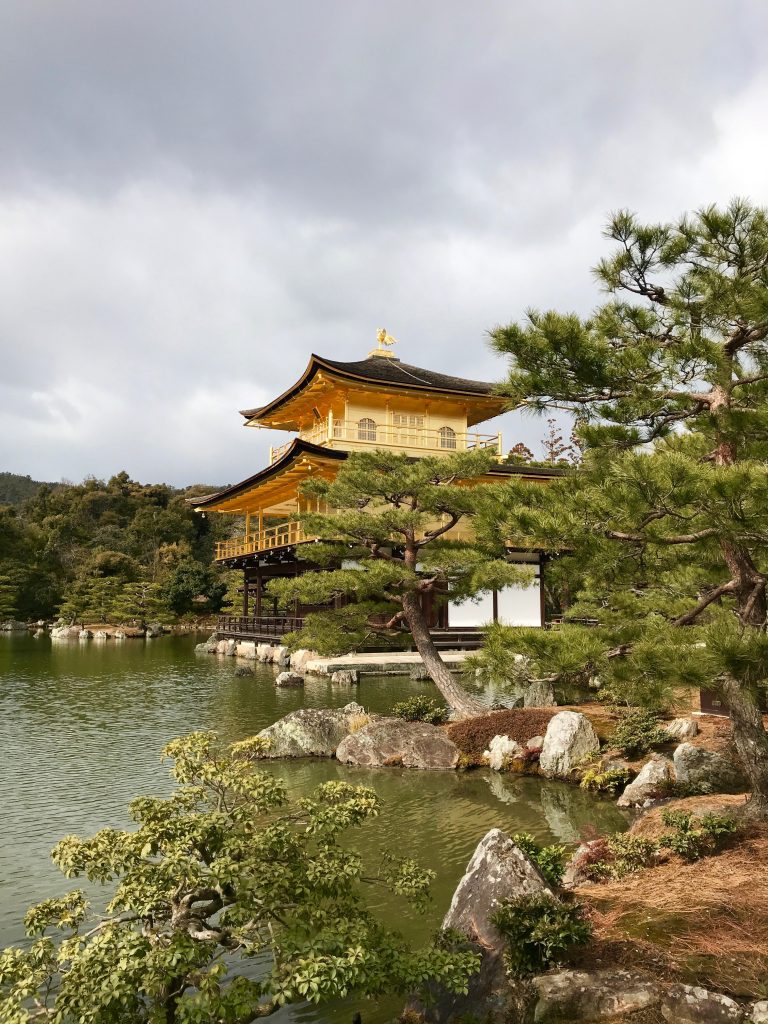There was a severe deterioration for kindling and charcoal during the 1950s. The severe deterioration was due to the use of fossil fuels for energy. The need for construction resources increased rapidly as the economy of Japan continued to rapidly expand. The demand for construction resources and Japan rapidly expanding caused the Forestry Agency to present a campaign. The purpose of the campaign was to specifically cut down buna forests and put in its place rapid growing cypress and cedar. The reason for replacing the buna forests with cypress and cedar was to make available additional cost-effective timber for building. Going forth with the campaign caused a problem. The plant life replacing the area of the cut down buna forests would not be able to grow fast enough to effectively substitute the clear-cut trees. Also, in the northeastern areas the freshly implanted conifers failed to develop at all.

The Forest Agency’s campaign resulted in an administration approved program that became a woodland devastation. Synthetic woodlands that made up Japan’s overall woodland acreage went from 27% to exceeding 44% by the year 1985. During this time period it is projected that at least close to 17 million buna vegetation was slaughtered. As a result of large amounts of vegetation being slaughtered replanting progressed in a rapid manner. The reforested areas in Japan are in need of thinning at this point. However, there are not enough individuals to complete this type of time consuming labor. Therefore, the reforested areas in Japan continue to be unattended. Numerous breathing creatures depend on forestry for nourishment and somewhere to live. Unfortunately, the annihilation of native woodlands has depressed existing creatures of natural surroundings.
During the 1960s there was a voracious demand for imported timber. The first target for imported timber during this time was foothill woodlands of the Philippines. After the foothill woodlands of the Philippines became bare importers beleaguered the wooded area of Indonesia, Papua New Guinea, and Sarawak and Sabah. Targeting imported timber resulted in Japan being globally critiqued for diminishing the wooded area of Southeast Asia. Throughout the years the worth of Japan’s arboriculture production has been gradually decreasing. There has also been a declining of labor force that has occurred in Japan. The declining of labor force has caused neglected forestland to continuously grow and in some conditions become a source of flooding and mudslides. Today Japan’s buna woodlands are extensively dispersed and account for about 17% of its indigenous broad-leaved woodlands. Buna logs were primarily used to cultivate mushrooms and use as kindling. Buna logs were also used for toys, plywood, and keys for several types of melodic instruments. In recent years buna logs have been used for furniture and floorboards. Also, during the 1960s the Forestry Agency employed workers to cut down massive amounts of foliage. The Forestry Agency cutting down the woodlands endangered the livelihood of the native individuals who depended on the abundance of the highlands for several generations. Eventually, a movement against deforestation developed and spread all over the country. By the year 2010 the movement had resulted in foliage being planted, which developed into lavish forestland for upcoming generations.
In conclusion, there is a high interest by individuals for nature and its natural environment which makes it important to reserve forestry.